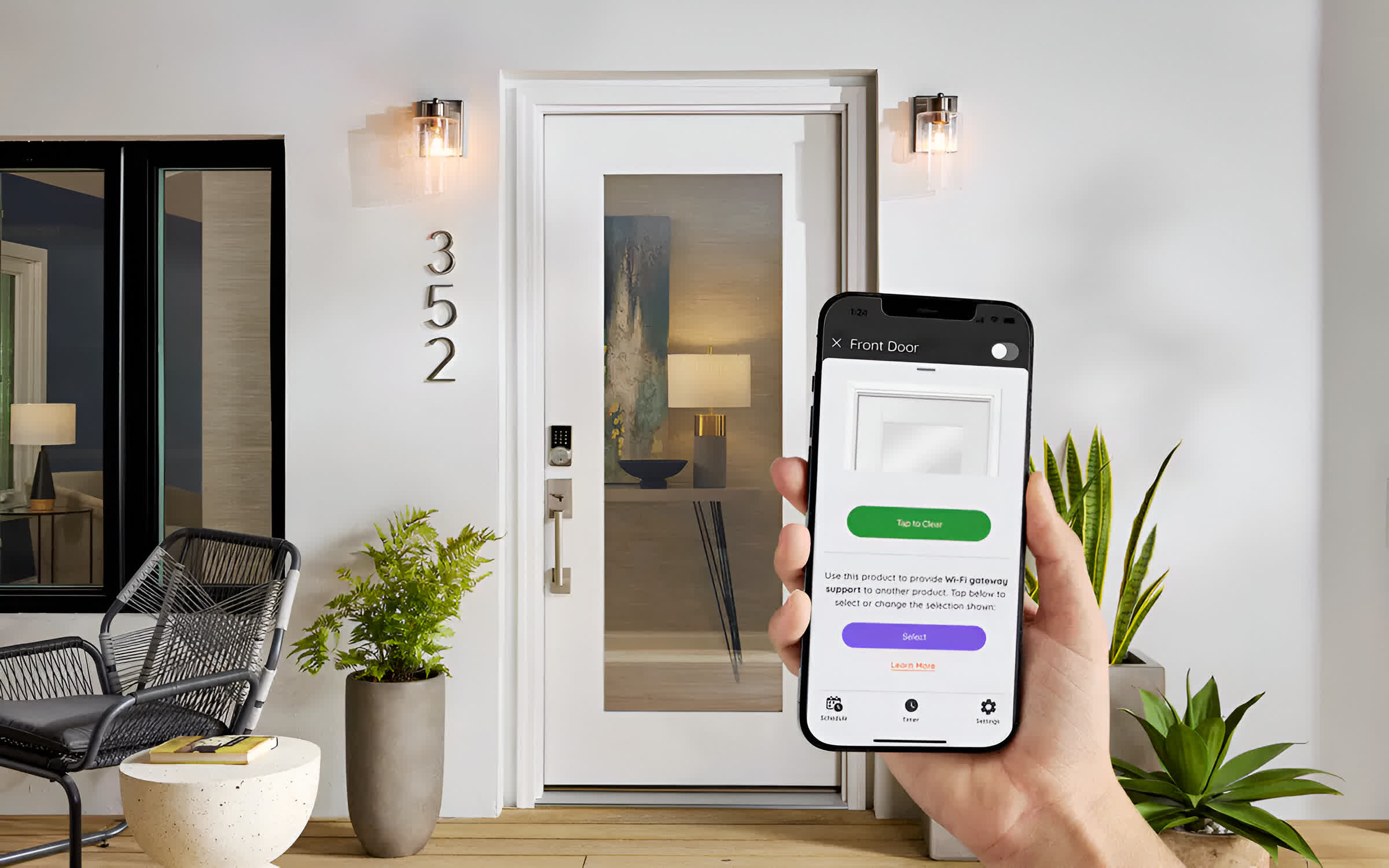[ad_1]

Chinese smartphone brand Tecno has a few camera upgrades lined up for its upcoming wave of phones. Tecno is not a big name in the U.S., but it’s actually quite well-known in the East. Over the past couple of years, Tecno has delivered standout phones at great prices.
Among them is the rather flashy-looking Tecno Phantom X2 Pro, which has a unique pop-out camera that delivers a 2.5x physical magnification effect. Then there’s the Tecno Phantom V Flip and the Phantom V Fold, two of the most affordable foldable phones on the market.
Now, the company is touting a trio of camera-focused innovations. The most promising among them is a liquid telephoto macro lens that has been embedded within a periscope zoom camera module.
A fresh take on liquid lens wizardry

A liquid lens isn’t exactly an original idea. Xiaomi put the tech on the Mi Mix Fold in 2021. The key premise here is that a liquid lens can change its shape, either mechanically or by application of electric voltage. The goal is to use the same lens system for two different photography scenarios.
In a tele-macro setup, it can either allow zooming in to click long-range shots or alter its shape so that it can offer a better focus lock at close range for macro photography. The lens is also placed in fluid to assist with stabilization, so shaky hands don’t have much of an impact.
So far, we have only seen liquid lens systems employed in a traditional camera array where the lens elements are stacked directly in front of the camera sensor. That system has its own set of limitations because there is only so much vertical space in a phone’s chassis to allow lens movement for achieving a higher zoom.
That’s where periscope (aka folded lens) systems come into the picture. This architecture employs a prism directly underneath the main camera opening, which then bends the light at 90 degrees and passes it through a tunnel of lenses and finally on the camera sensor photodiodes.

What Tecno has managed to achieve here (with help from Sony) is that it put a liquid lens in a periscope module, solving two problems in one go. First, the telephoto camera can now target a higher optical zoom range. Second, it can offer an improved focus lock to click sharper macro photos at close range.
Redefining camera aperture tech

Tecno has also reimagined the camera aperture system. In the simplest terms, the aperture is the opening in front of a sensor that allows the light in. The bigger it is, the more light that falls on the sensor, which eventually translates to more detailed photos.
But it doesn’t only affect how bright and detailed a photo looks. Depending on the aperture size, you can alter the depth of field, allowing you to achieve the desired level of bokeh effect, especially in portrait shots. A wider aperture also lets you enhance the shutter speed, which means you can click freeze-frame shots of moving objects.
Unfortunately, most phones come with a fixed aperture. Samsung offered a variable aperture system on the Galaxy S9 Plus, Huawei did the same for the Mate 50 Pro, and Xiaomi extended the courtesy to its Xiaomi 13 Ultra flagship. But the shape of the aperture followed the same flower-petal format.

Tecno is reinventing the wheel here with a new W-shaped adjustable aperture. The company claims that the patented tech will reduce glare in photos and allow tighter control over the amount of light falling on the sensor. It will be interesting to see how it pans out in real life when deployed on a phone.
Making cameras better for more people

The final camera-focused developed from Tecno is a Universal Tone technology. Essentially, it allows the camera to retain the real skin tone using a software system that Tecno calls a multi-skin spectral matrix. What it does is identify the skin texture in different areas of a portrait click and accordingly adjusts the light presets to deliver a natural-looking shot.
Google has done something similar with its widely acclaimed Real Tone tech on Pixel smartphones. Tecno’s camera announcements are remarkable, but unfortunately, we don’t know when exactly these advancements will appear on a phone — let alone one you can buy in the U.S.
Editors’ Recommendations
[ad_2]
Source link





















